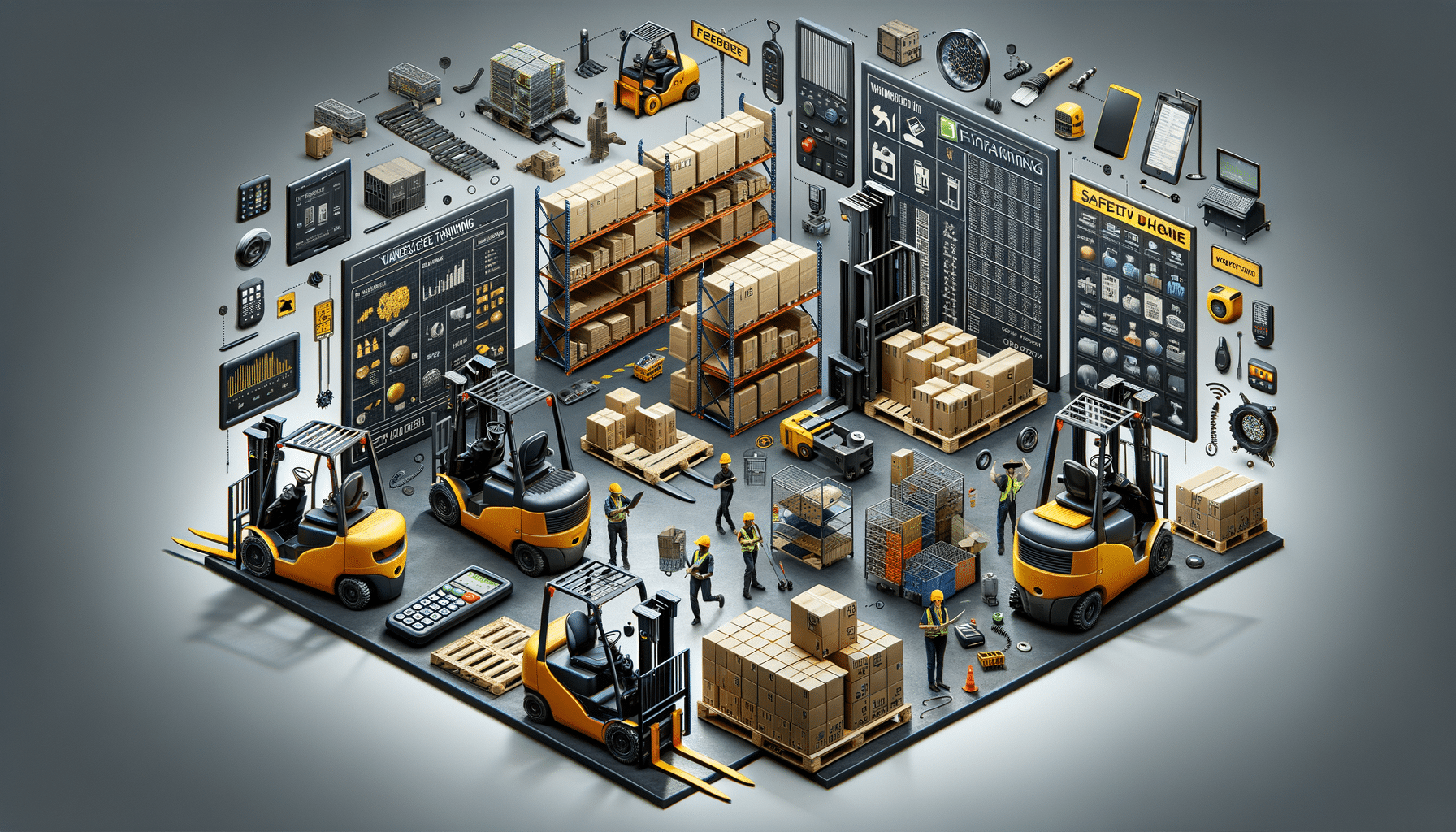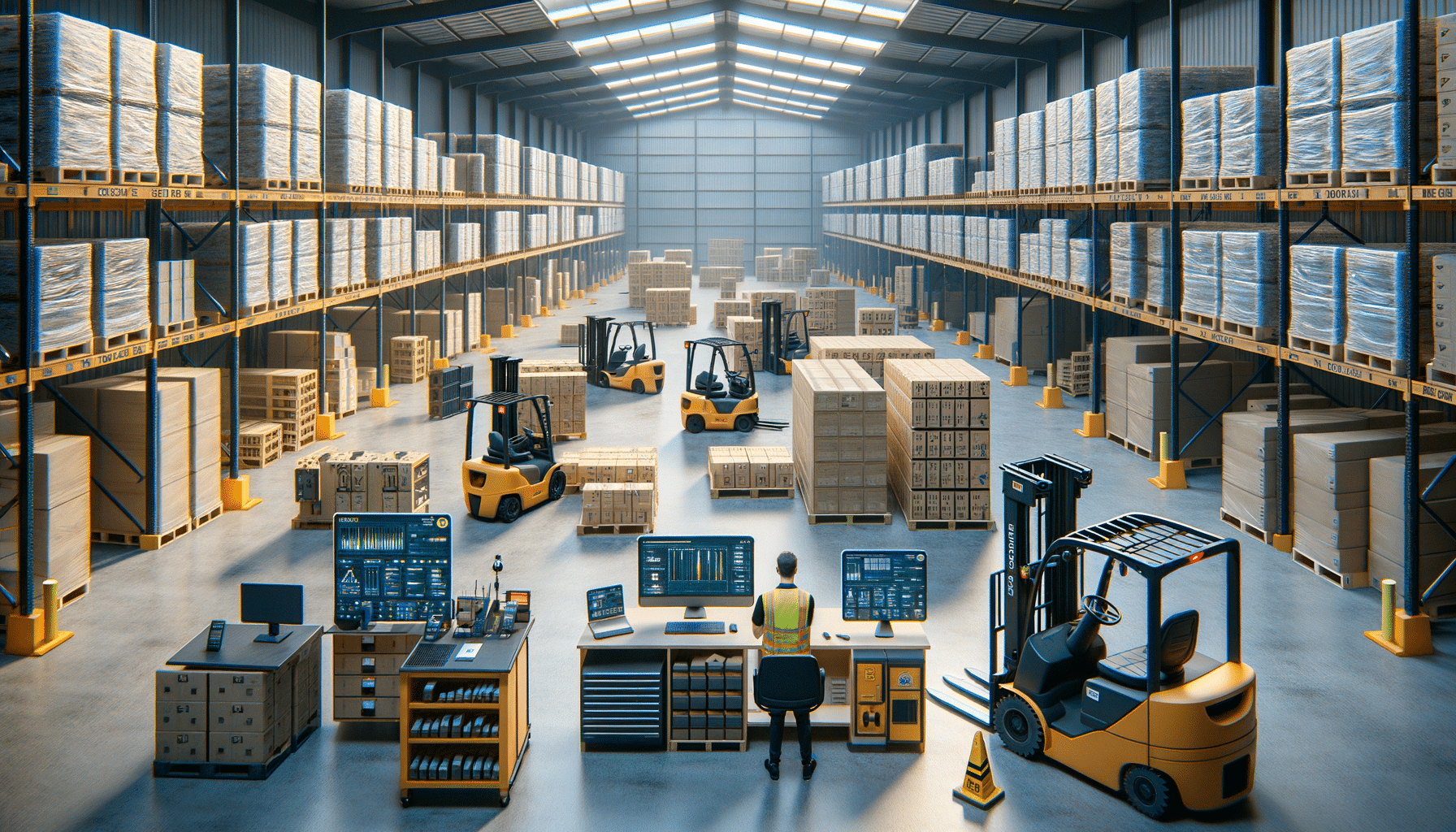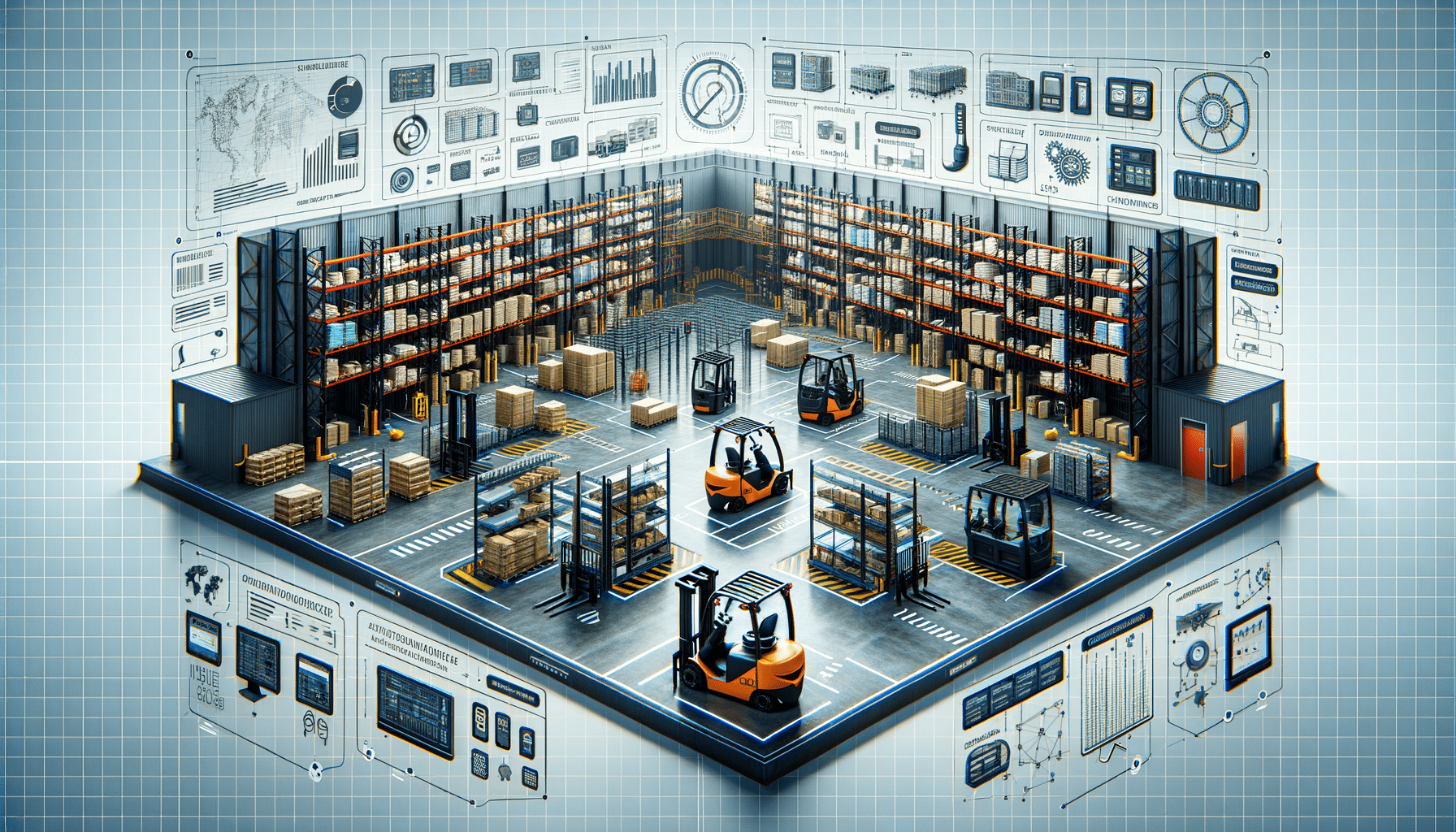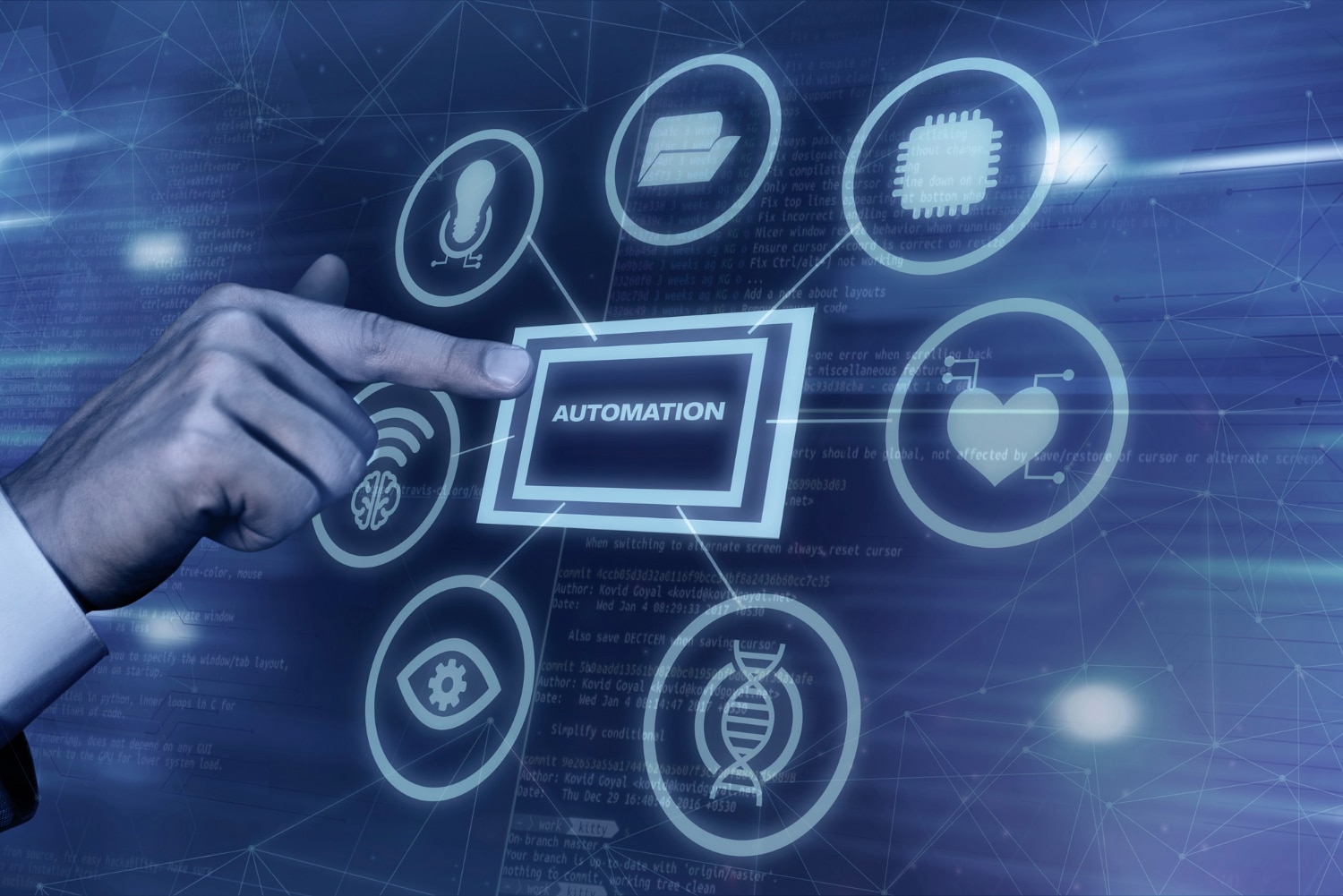
How AI and Automation Are Transforming the Workforce
In recent years, the workforce landscape has changed rapidly due to automation and artificial intelligence (AI). And machines are increasingly taking over tasks once performed by humans. That many (most?) of these machines will lead to job losses has the potential to upend our society in ways similar to what was predicted if those changes had played out in full in the early 1980s. In this blog, we will discuss how AI and automation are changing the working terrain, with opportunities as well as challenges. We’ll also discuss how people and companies can adapt to these changes.
Key Benefits / Why It Matters
Integrating AI and automation into work is not just a trend; it changes how jobs are done across industries. In this module, we’ll look at the key benefits of AI automation and generation. Why AI generation is used in workplaces and how it’s transforming the workforce? Let’s understand the former first, and then we’ll take a look at the latter. Understanding this shift is crucial for several reasons:
Increased Efficiency and Productivity
AI and automation boost efficiency and productivity. Machines can quickly handle repetitive tasks, allowing human workers to focus on complex, creative work. This leads to greater output and higher quality, benefiting both businesses and consumers.
Cost Savings for Businesses
Automating routine tasks helps companies cut labour costs and improve operations. This results in significant savings, enabling businesses to invest in innovation and growth. Automation also reduces errors, enhancing consistency and overall efficiency.
Innovation and New Opportunities
AI and automation drive innovation, creating new products and services. As businesses adopt these technologies, they can enter new markets and generate revenue. The future of work with AI is about transforming jobs and creating fresh opportunities.
Step-by-Step Guide / Actionable Insights
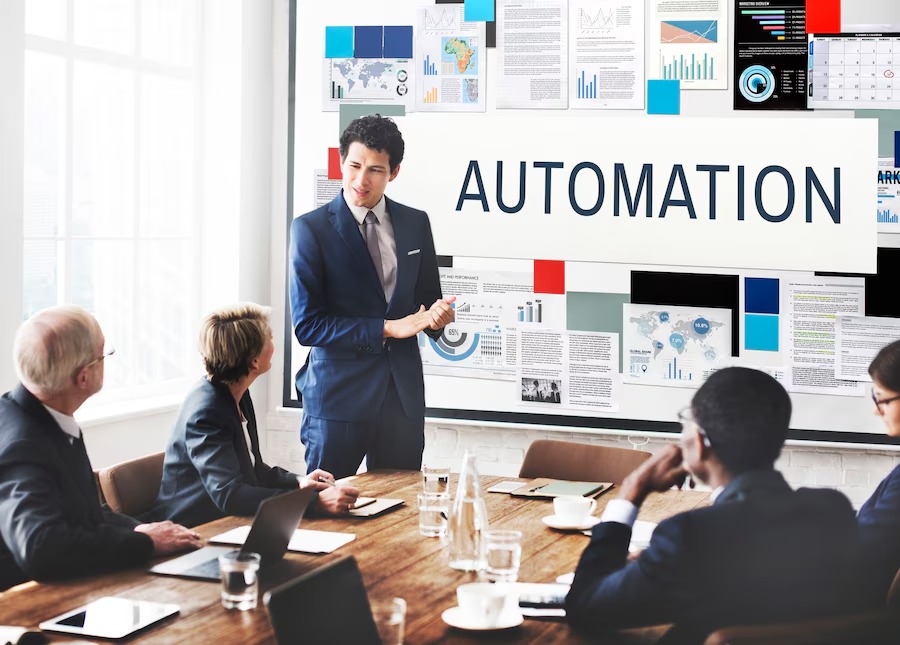
To understand how AI and automation impact the workforce, we must see how these technologies are implemented in various industries. Here’s a closer look at the process:
Identifying Tasks Suitable for Automation
First, identify tasks that can be automated. These include repetitive, rule-based activities needing little human input, like data entry and customer service inquiries. Automating these tasks frees employees for more strategic work.
Implementing AI and Automation Technologies
Next, implement the right technologies. This means choosing suitable tools, training employees, and integrating them into existing workflows. A smooth transition is key, so employees must feel supported throughout the process.
Monitoring and Optimising Performance
After implementation, monitor AI and automation systems to ensure they deliver results. Track metrics like efficiency gains and cost savings, adjusting as needed. Continuous optimisation helps maximise benefits and tackle challenges.
Additional Expert Tips & Common Mistakes to Avoid
As businesses and workers transition to a more automated workforce, here are key practices and pitfalls to keep in mind:
Embrace Continuous Learning
As AI and automation evolve, workers must update their skills. This may involve courses, workshops, or certifications in new fields. Lifelong learning keeps individuals competitive and ready for changing demands.
Foster a Culture of Innovation
For businesses, encouraging a culture of innovation is vital for integrating AI and automation. Support creativity and experimentation, and provide resources for new ideas. This environment helps companies stay ahead and drive growth.
Avoid Over-Reliance on Automation
While automation offers benefits, it’s crucial not to rely on it too much. Human judgement and creativity are irreplaceable. Businesses should keep their workforce engaged and empowered, balancing automation with human input for the best outcomes.
Advanced Insights / Expert Recommendations
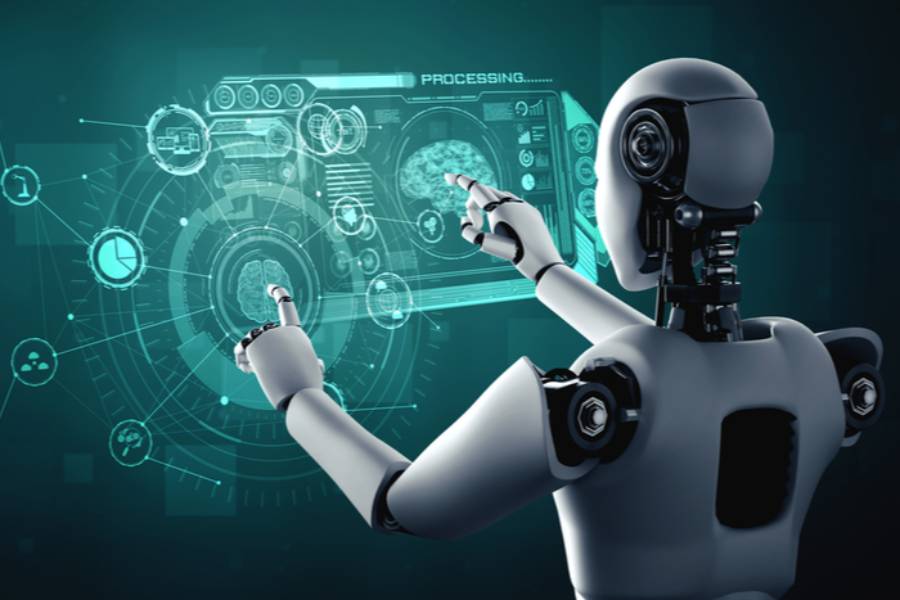
To better understand AI and automation’s impact on the workforce, consider these expert insights:
The Role of AI in Decision-Making
AI is increasingly used to aid decision-making, providing insights from data analysis. However, AI should complement, not replace, human judgement. Businesses should use AI to ensure skilled professionals make final decisions.
Preparing for the Future of Work
As AI and automation shape the workforce, individuals and businesses must prepare for the future. Anticipating changes, identifying trends, and developing strategies are essential. Staying informed helps stakeholders navigate the transition and seize new opportunities.
Transformation of Workforce: Profound Ways
Job displacement and devaluation of work due to AI and automation, the changing nature of work continues to be a general phenomenon though but inevitable challenge. By grasping the significance of these technologies and taking initiatives to adapt accordingly, individuals and organizations can flourish. It is important to embrace innovation, encourage continuous learning, and optimize between automation and human intercession. We are no longer limited by job replacement…. but by redefining roles and creating new opportunities.
Hopefully, you may have spent some time reflecting on the impact of AI and automation on the workforce and how you will incorporate this technology into your work or business. What will you do to get ready for the new job? Let us know your thoughts on the topic!
